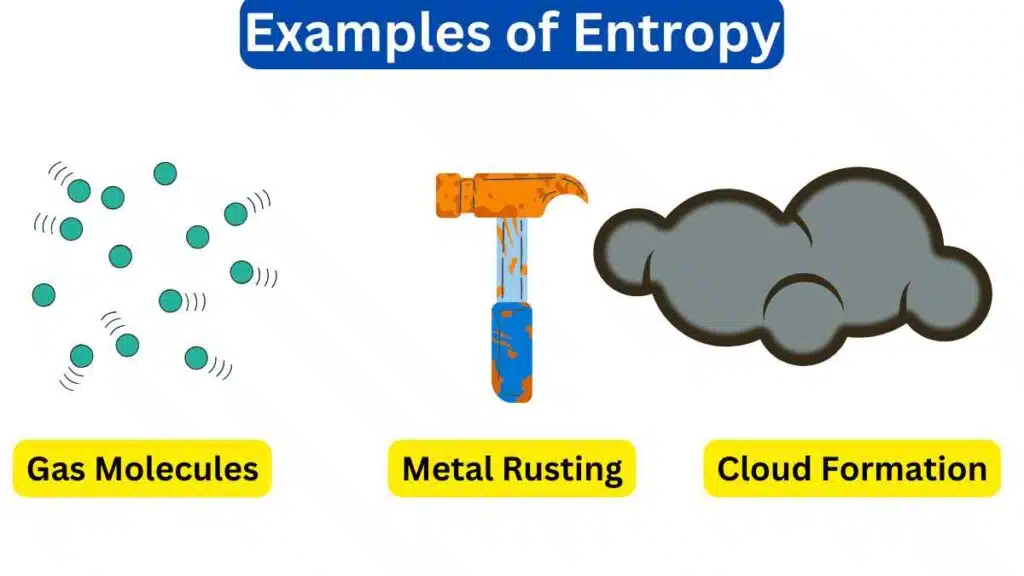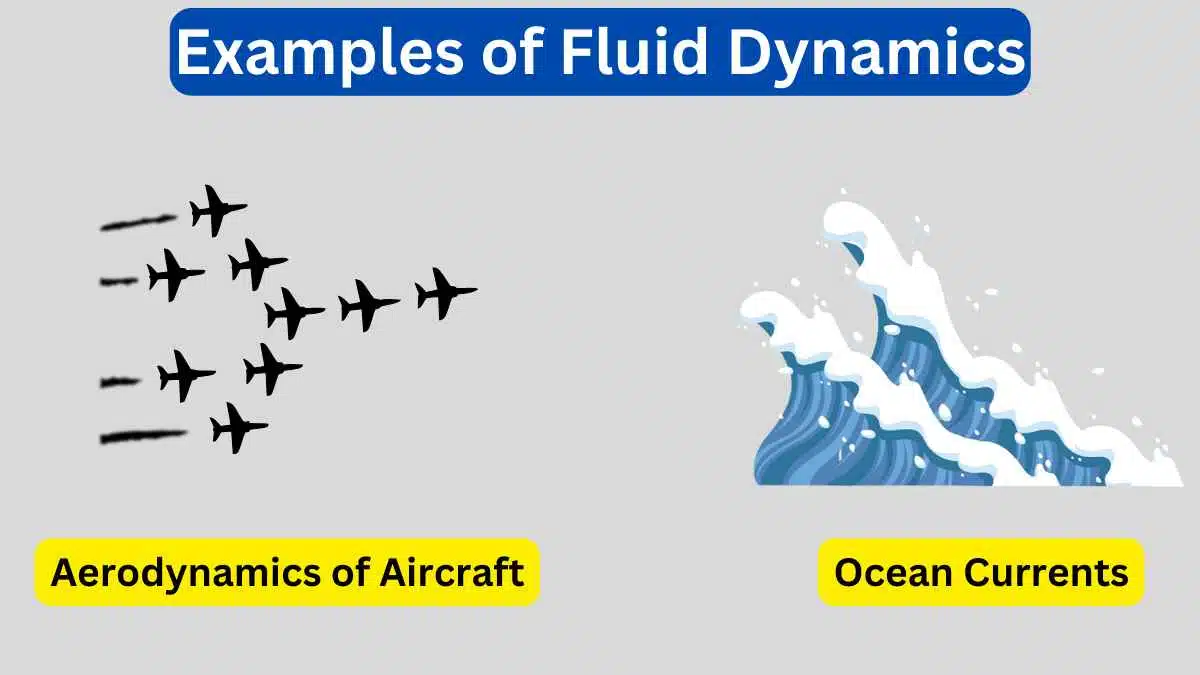10 Examples of Entropy in Everyday Life
Entropy is a measure of disorder or randomness in a system. It is a fundamental concept in thermodynamics. It is a measure of disorder or randomness, and it always increases over time. Examples of entropy include ice melting, fire burning, and Metal Rusting.
Examples of Entropy
Here are 10 common examples of entropy in everyday life.

1. Gas Expansion
A common example of entropy is gas expansion. When a gas expands into a larger volume, the molecules spread out in more ways, increasing entropy. There are more random particle positions.
2. Metal Rusting
Metal rusting is a very common example of entropy that we observe in our daily lives. As metal rusts, its atoms break down into more disordered states, releasing heat. This irreversible process increases entropy.
3. Food Spoilage
Food spoilage occurs as organic molecules decay into chaotic states. Mold, fermentation, and rotting are high-entropy processes.
4. Room Temperatures
Heat naturally flows from hot areas to cold until temperature equalizes. This dispersion of energy is entropy increasing.
5. Tree Branching
The fractal-like branching patterns in trees efficiently disperse sap and optimize access to light, maximizing entropy.
6. Cloud Formation
Clouds take disordered shapes as water condenses into droplets. No two clouds are ever identical, displaying high entropy.
7. Beach Erosion
Ocean waves erode the coastline into rough, irregular patterns, dispersing sand grains in randomized motions.
8. Ice melting
When ice melts, it changes from a solid to a liquid. This process increases the entropy of the system because the molecules in the liquid are more disordered than the molecules in the solid.
9. Salt dissolves in water
When salt dissolves in water, it breaks up into individual ions. This process also increases the entropy of the system because the ions are more disordered than the salt crystals.
10. A room getting messy
As you use a room, you inevitably make it messier. This is because the objects in the room become more disordered as they are moved around.






Leave a Reply